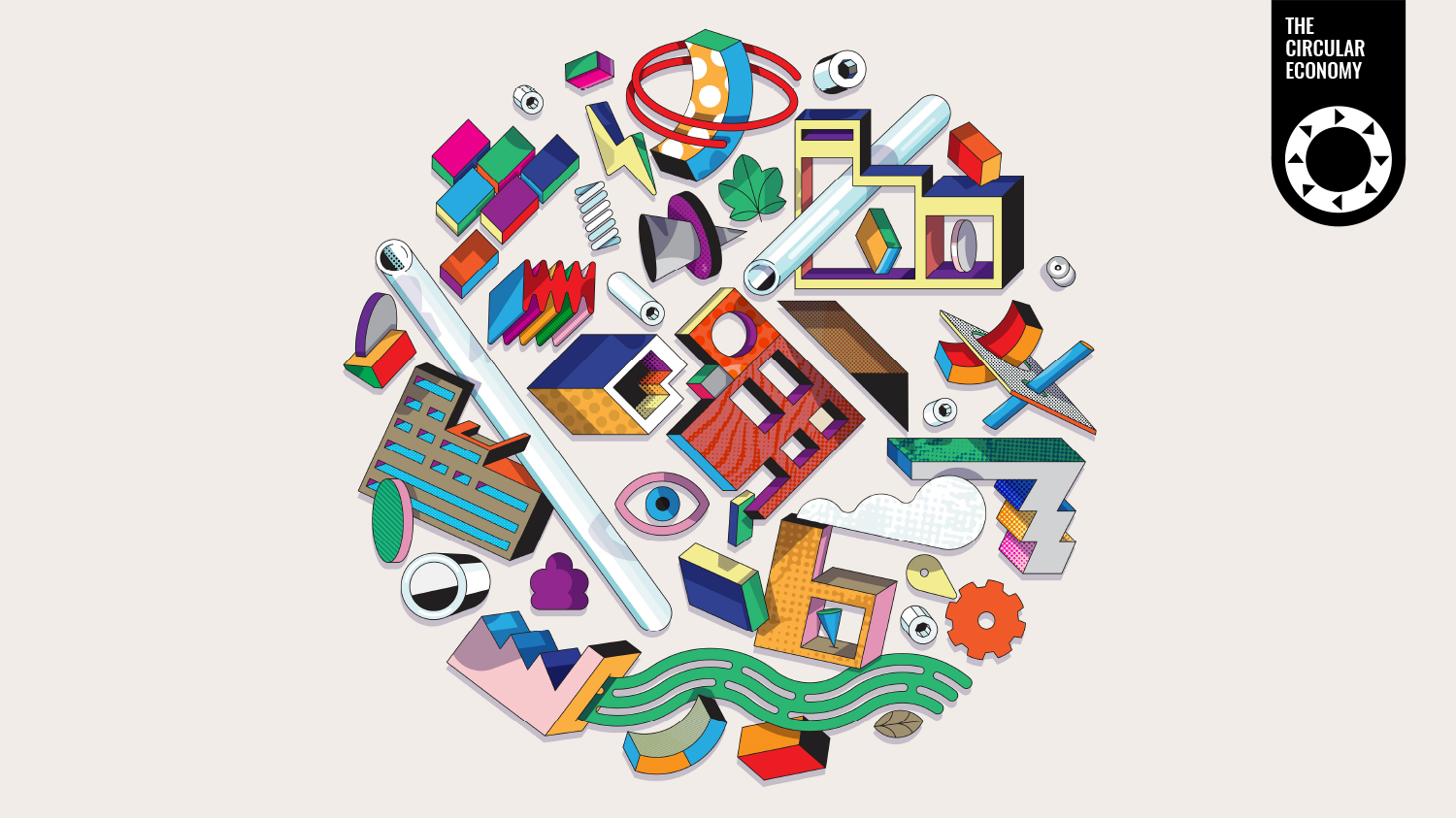
The circular economy in numbers
Construction materials and the building sector are responsible, says the OECD, for more than one-third of global resource consumption. Feeding this insatiable appetite requires an enormous amount of energy, and produces an enormous amount of emissions – and waste.
More than half (55%) of the world’s industrial carbon emissions are generated by the production of just five materials: steel (25%), cement (19%), paper (4%), plastic and aluminium (3%). Of these, the built environment industry is a primary consumer of cement, and consumes approximately 26% of aluminum, 50% of steel, and 25% of plastic.
At present, most built structures are simply demolished when they come to the end of their lifespan, and only 20-30% of this construction and demolition waste (CDW) is recycled or reused, according to the Ellen MacArthur Foundation. Consider that by 2025 we’ll be generating 2.2bn tonnes of solid waste a year, and that CDW accounts for almost half of that total, and it’s clear that this linear model of consumption is no longer sustainable.
The circular revolution
In place of this “take-make-waste” philosophy, the focus has been shifting over the past decade to a more sustainable model: the circular economy. At its core are three principals: to design out waste and pollution; keep products and materials in use; and regenerate natural systems. As we have seen, the built environment has been a key contributor to these issues and therefore has a crucial role to play in advancing the circular economy, which RICS has recognised through initiatives such as its collaboration with Arup and the Ellen MacArthur Foundation.
But despite the benefits of adopting a more circular approach being clear, it’s also clear that there is still much progress to be made.
